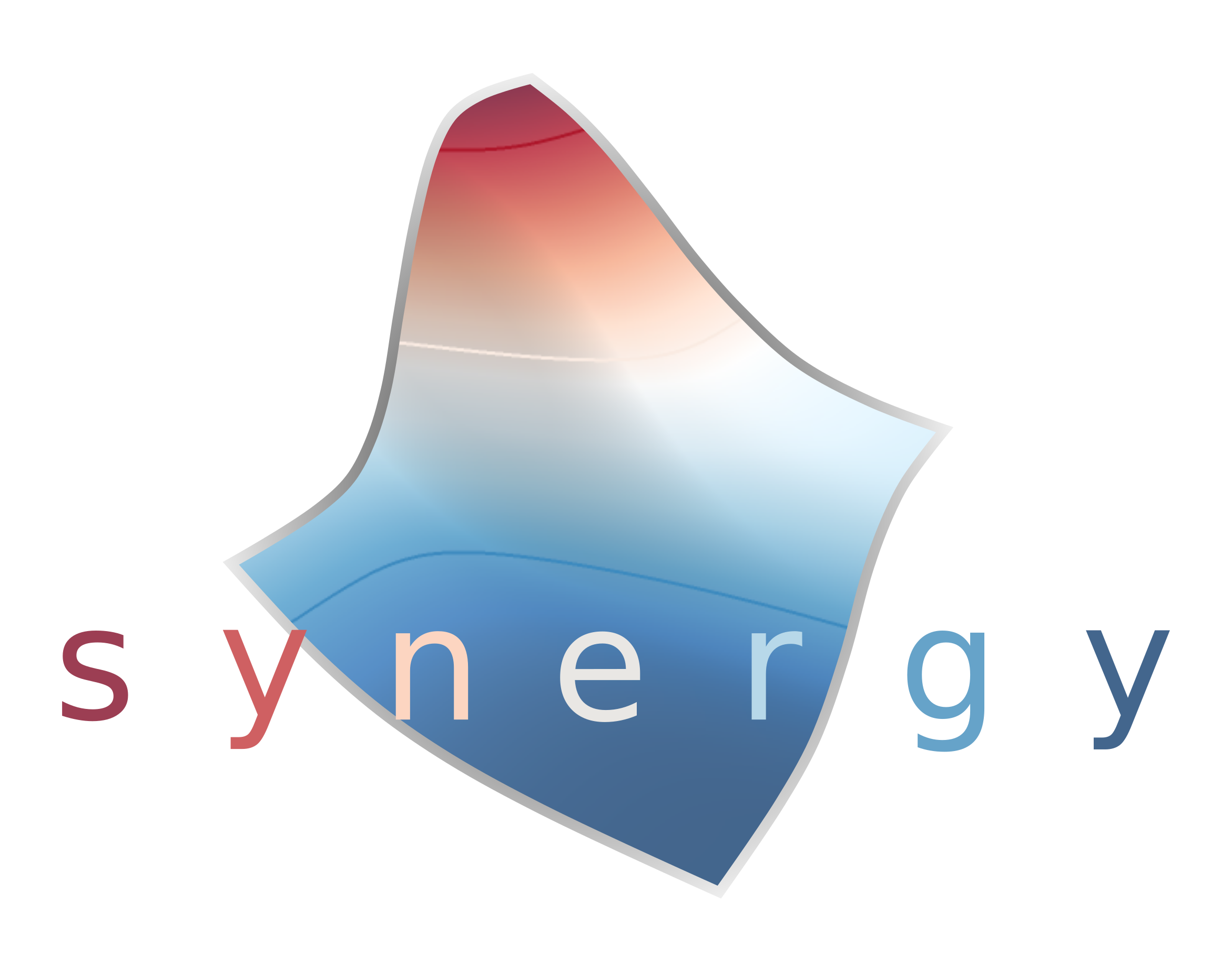
Security News
NVD Quietly Sweeps 100K+ CVEs Into a “Deferred” Black Hole
NVD now marks all pre-2018 CVEs as "Deferred," signaling it will no longer enrich older vulnerabilities, further eroding trust in its data.

A python package to calculate, analyze, and visualize drug combination synergy and antagonism. Supports multiple models of synergy:
If you use, please cite:
Wooten, David J, and Albert, Réka. synergy - A Python library for calculating, analyzing, and visualizing drug combination synergy. (2020) Bioinformatics. https://doi.org/10.1093/bioinformatics/btaa826
Using PIP
pip install synergy
From source
git clone git@github.com:djwooten/synergy.git
cd synergy
pip install -e .
You can find extensive documentation and examples at http://synergy.readthedocs.io/
The general usage is the same for most synergy models, though refer to the documentation at http://synergy.readthedocs.io/ for specifics.
For this, I assume you have access to a drug response data set that has (at least) the following columns.
| drug1.conc | drug2.conc | effect |
|---|---|---|
| 0 | 0 | 1 |
| 0 | 0.01 | 0.97 |
| 0 | 0.1 | 0.9 |
| 0 | 1 | 0.7 |
| ... | ... | ... |
from synergy.combination import MuSyC # or any other model
import pandas as pd
df = pd.read_csv("/path/to/your_own_drug_response_data.csv")
# Instantiate the model. Bounds are optional for parametric models, and will be used when fitting to data.
# In this case, imagine that the effect data we have is known to fall between 0 and 1. Further, the given h and alpha
# bounds here are reasonable for most datasets, as changing those parameters has the most impact near `1`.
model = MuSyC(E_bounds=(0, 1), h_bounds=(1e-3, 1e3), alpha_bounds=(1e-3, 1e3))
# Prepare the input data to be fit
d1 = df["drug1.conc"]
d2 = df["drug2.conc"]
E = df["effect"]
# Fit the model (bootstrap_iterations is an option for some models to estimate parameter
model.fit(d1, d2, E, bootstrap_iterations=100)
model.summarize()
The last call to model.summarize() will print a table summarizing the synergy findings. This is only available for
parametric synergy models. For example, the table may look like
Parameter | Value | 95% CI | Comparison | Synergy
=====================================================================
beta | 0.261 | (0.175, 0.333) | > 0 | synergistic
alpha12 | 3.54 | (2.67, 4.93) | > 1 | synergistic
alpha21 | 1.29 | (0.845, 2.45) | ~= 1 | additive
gamma12 | 0.947 | (0.762, 1.2) | ~= 1 | additive
gamma21 | 0.722 | (0.487, 1.2) | ~= 1 | additive
Many utilities exist under synergy.utils.plots to create heatmaps, 3D interactive dose-response surfaces, and 3D
interactive isosurfaces. These require intsalling matplotlib for the heatmaps, and plotly for the 3d plots. Many
exmaples can be seen at http://synergy.readthedocs.io/models/synergy_models.html/.
The basic approach is
from synergy.utils.plots import plot_heatmap, plot_plotly_surface
plot_heatmap(d1, d2, E, title="Dose response surface", fname="heatmap.png")
plot_surface_plotly(d1, d2, E, title="Dose response surface", fname="surface.html")
GNU General Public License v3 or later (GPLv3+)
FAQs
Unknown package
We found that synergy demonstrated a healthy version release cadence and project activity because the last version was released less than a year ago. It has 1 open source maintainer collaborating on the project.
Did you know?

Socket for GitHub automatically highlights issues in each pull request and monitors the health of all your open source dependencies. Discover the contents of your packages and block harmful activity before you install or update your dependencies.

Security News
NVD now marks all pre-2018 CVEs as "Deferred," signaling it will no longer enrich older vulnerabilities, further eroding trust in its data.

Research
Security News
Lazarus-linked threat actors expand their npm malware campaign with new RAT loaders, hex obfuscation, and over 5,600 downloads across 11 packages.

Security News
Safari 18.4 adds support for Iterator Helpers and two other TC39 JavaScript features, bringing full cross-browser coverage to key parts of the ECMAScript spec.